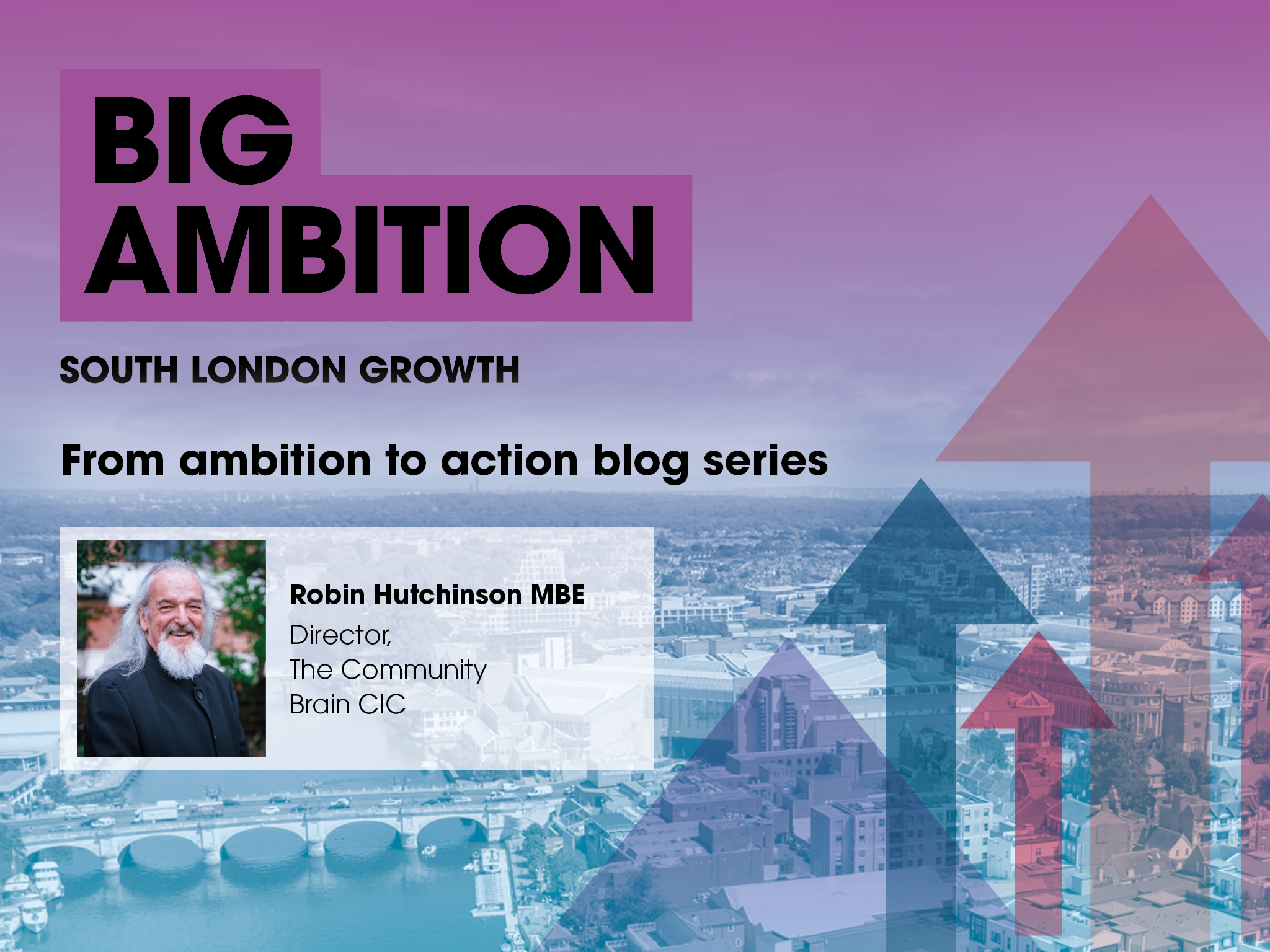Cultural Tourism: An Opportunity in Waiting

In this new ‘From ambition to action’ blog series, key South London stakeholders respond to the South London BIG Ambition Growth Statement.
Recently, my wife and I travelled to Deptford to see a show — not an area I’d usually think to visit. The show itself, sadly, was remarkable only in its level of disappointment. But that’s not why I’m writing this.
Knowing we’d be crossing London, we decided to eat in the area beforehand. A bit of online research led us to a small independent bar (we try to support local businesses where we can). It turned out to be an unexpected delight: warm staff, great food and service — and when they learned we were headed to the show, the manager came over to chat, having already seen the production. In hindsight, we should have suspected something when the highest praise was: “The sets are really good” — the theatrical equivalent of “we came out humming the scenery.” But that’s not why I’m writing this.
What struck me — and what is the reason for writing — is what the staff shared about the impact of the show on their business. The manager couldn’t believe the uptick in trade since the production opened. One of the team told us that the place was usually quiet at the time we were there, but now every table was full, and almost all customers were heading to the production. They even pointed out groups who, like us, had travelled across London. Tourists — in Deptford.
This experience stuck with me. A few days later, I was chatting with a former colleague who now provides retail support for a range of businesses in the heart of tourist London. As we spoke about the current economic climate, she emphasised how vital the cultural offering had been in keeping footfall and spending buoyant. She’s hearing this not just anecdotally, but in daily conversations with both major brands and smaller businesses. Specific shows, events, and locations are driving real, measurable impact.
And that brings me back to the core point: cultural activity is not just a ‘nice to have’ — it’s a key economic and social driver.
Those who work in place-making, regeneration, or business development often acknowledge the value of culture, but rarely is it embedded meaningfully into strategic planning. We nod in agreement when the topic comes up, and express concern at the fragility of cultural institutions and activities — but action tends to lag behind sentiment.
A few years ago, Creative Youth — a charity I chair — led a project called Kingston RPM: Records, People, Music. It explored the musical heritage of the area from the 1940s to 70s: the Decca Records plant, US Army jazz spreading from troops stationed in Bushy Park during WWII, and iconic moments like David Bowie’s debut as Ziggy Stardust at the Toby Jug in Tolworth. What was clear was that this music heritage didn’t obey borough boundaries and that Richmond also has a massive story to tell.
When we held the exhibition at the Rose Theatre, a group representing Liverpool’s ‘Merseybeat’ tourism sector came down to see it. I’ll never forget their reaction:
“You’ve got as much musical heritage here as we do in Liverpool. Why the hell don’t you do something with it?”
That question still echoes in my mind. Why don’t we?
We speak of culture as vital for identity and placemaking, yet we don’t quite take it seriously as a strategic tool for economic development. We admire our assets — but often in isolation. We list our venues, events, stories — but nearly always within borough boundaries.
It’s time to shift our perspective.
Southwest London has a rich, diverse cultural landscape — from live music and visual arts to literary history, architecture, and performance. But to harness its full potential, we need a strategic, cross-borough approach. Cultural tourism isn’t about isolated hotspots; it’s about connecting the dots to offer visitors (and locals) a coherent, compelling experience.
The South London Partnership is perfectly placed to lead on this. Why not start with creative workshops to map our cultural assets, identify shared themes, and learn from global examples of place-based cultural tourism?
This isn’t separate from our growth agenda. On the contrary, it’s a powerful way to showcase the uniqueness of our area, support small businesses, and strengthen local identity while attracting new audiences and revenue.
I’m happy to give up a few hours to kickstart this process.
Is anyone else up for a creative challenge? Register your interest here.
Read the South London BIG Ambition growth strategy
Robin Hutchinson MBE Bio
Robin Hutchinson MBE is a Director of The Community Brain CIC, Chair of Creative Youth, A Mayor of London Design Advocate, Visiting Senior Fellow Kingston School of Art, Kingston University, Board Member of the South London Partnership, and Honorary Freeman of the Royal Borough of Kingston upon Thames



